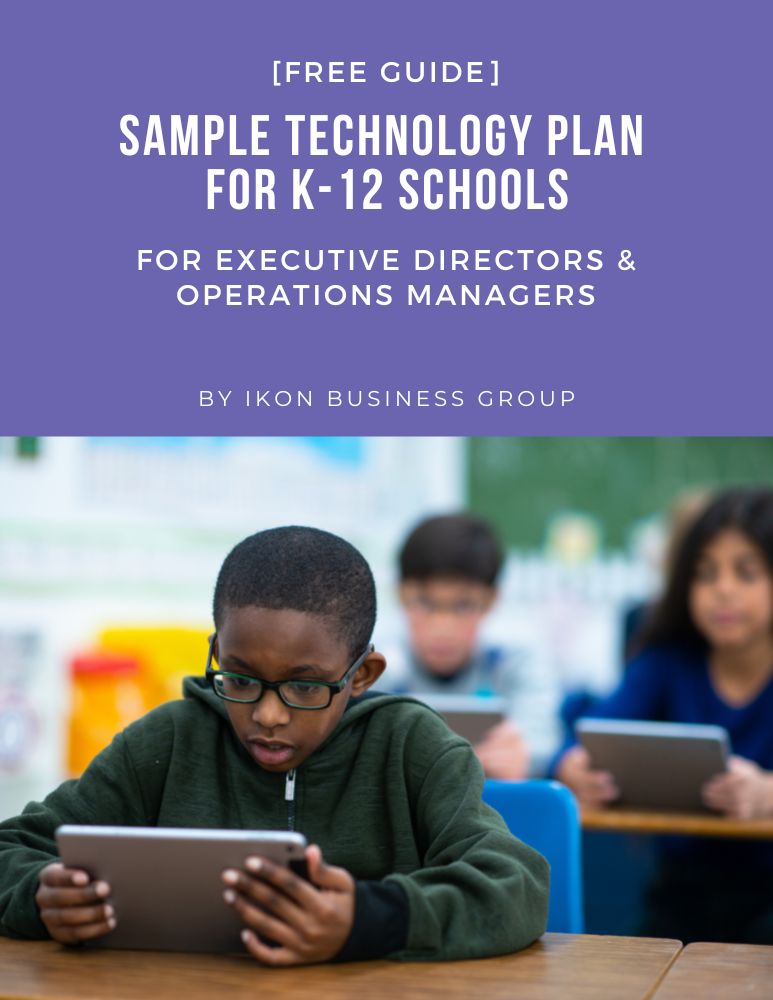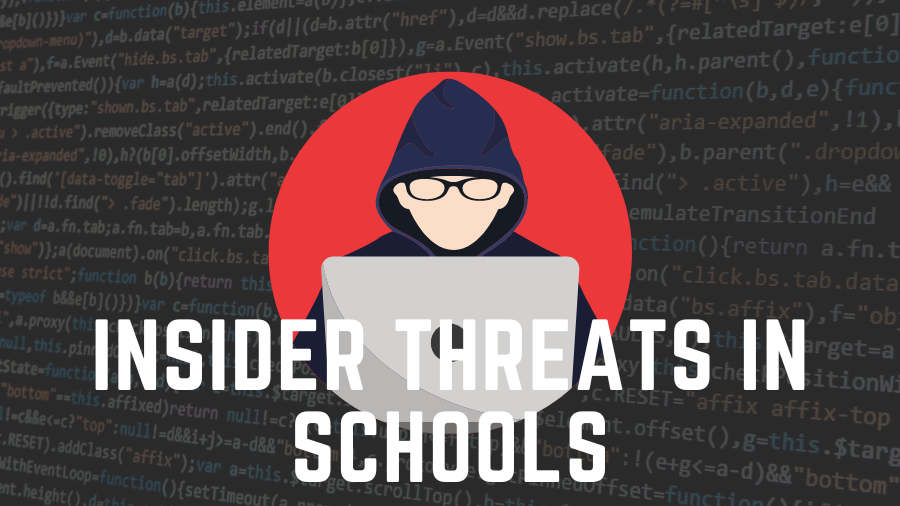When we think about cybersecurity in education, our minds often go to protecting against external threats. But what happens when the risk comes from within? Focusing solely on outside attackers is like double-checking that the front door is locked but leaving the stove on—there’s a major blind spot when insider threats aren’t addressed.
Who Are Insiders?
An insider is anyone who has access to your network, data, or physical locations. This includes students, staff, teachers, administrators, and even third-party applications your school may use. They operate within the system, often unintentionally posing risks.
Common unintentional disclosures occur daily, such as:
- A teacher accidentally sending an email meant for one student’s parent to another.
- Attaching the wrong student’s information to a message.
- Misusing CC instead of BCC when emailing large groups of parents.
- Sending student information home in the wrong backpack.
These are just a few examples, but not all insider threats are accidental. Malicious insiders, whether they seek to harm or simply lack knowledge about data privacy, can lead to significant breaches.
Recent Insider Threat Examples
- A student posts unauthorized photos of peers on TikTok.
- A teacher transfers sensitive student data to their personal online account.
- Confidential emails are photographed and shared outside the school.
- A staff member uses parent email addresses for personal purposes.
Mitigation Strategies
To protect your school from insider threats, consider the following steps:
- Review Access Permissions: Implement the principle of least privilege for file and folder access.
- Monitor Email Rules: Set up alerts for large attachments or multiple emails being sent outside your domain.
- Review BYOD Policies: If devices are provided by the school, assess whether personal device access is necessary.
- Check Cloud Storage Policies: Ensure there are strict rules on downloading from platforms like Google Drive or OneDrive.
- Update Network User Accounts: Regularly update staff and student access, especially following turnover.
Additional Support
CISA’s Insider Threat Mitigation Guide offers excellent insights into strengthening insider threat prevention. One critical recommendation is gaining buy-in across the organization to establish legitimacy for security measures.
By addressing insider threats, schools can better protect their infrastructure, safeguard student data, and minimize both accidental and intentional breaches. Now is the time to look inside and strengthen your internal defenses.


